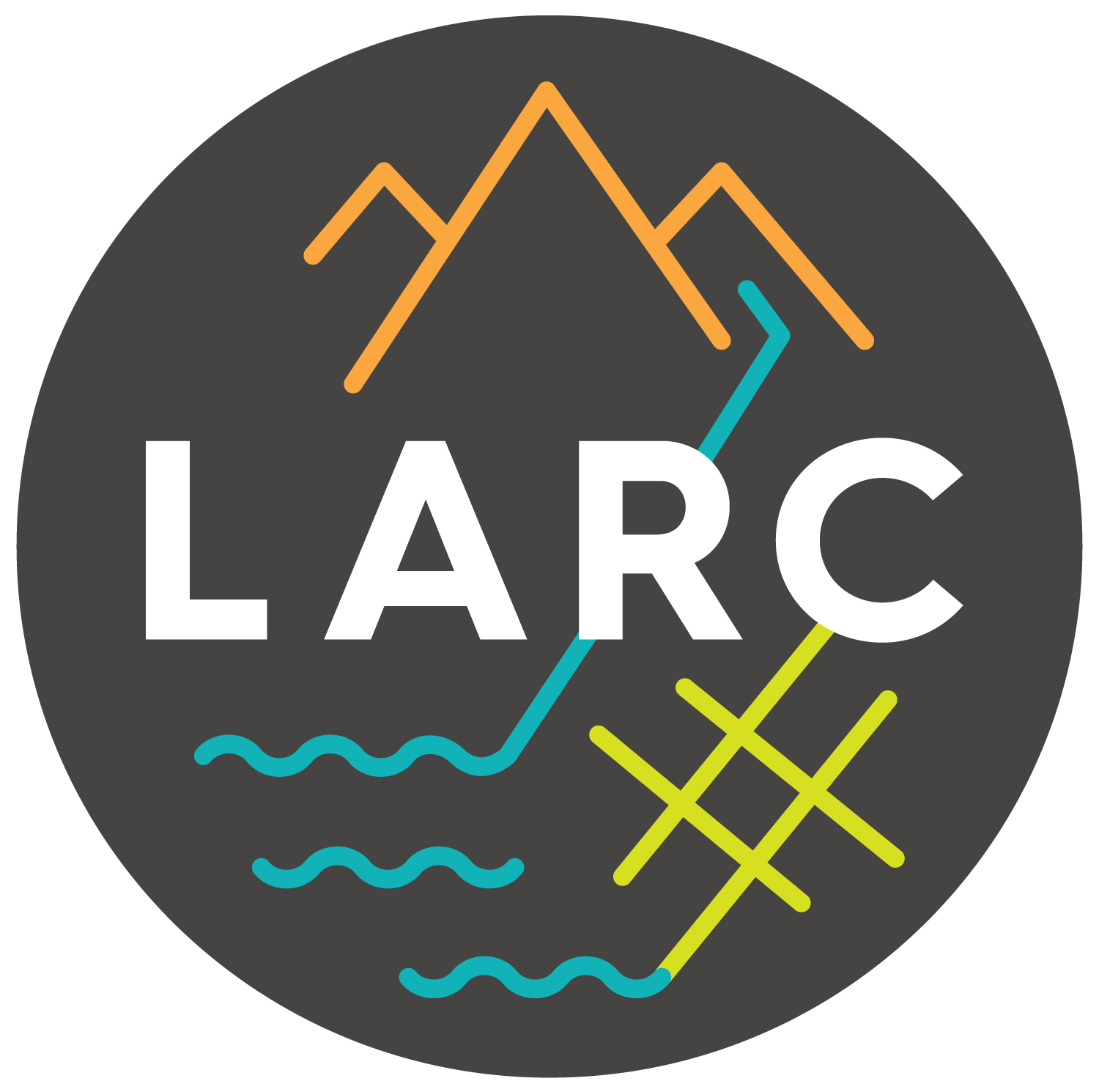The stakes have never been higher. Climate change is responsible for an unprecedented number of natural disasters and health impacts each year, and that number is growing. As the earth’s temperature increases, so do damages to the world’s economy. Meanwhile, current carbon emissions suggest that RCP 8.5, the most aggressive scenario identified by the Intergovernmental Panel on Climate Change, is the best alignment out to 2050. That timeframe is shorter than the service life of most projects in design today.
Our challenge? Planning, designing, and building to manage risk and introduce adaptive capacity. All this as climate challenges mount and the “implausible projections” from the 2016 Paris Accord become the likely projections in the next 30 years. There is no room for opting out.
Join leading climate change scientists and adaptation experts for a deep dive into the latest climate science, how it applies to the built environment, and what we need to do differently. You’ll learn:
the risks and the data behind them
how to plan and design with the best available climate science
the best resources and tools to use and why
how to build in adaptive capacity
cost and service life considerations
This important course is for anyone who works in the building industry: Architects, public officials, building product manufacturers, property owners, design professionals, developers, and more.
Learning objectives
Describe a process for integrating climate science into your design decision-making as part of your ethical obligation to practice.
Understand expected future conditions and how to plan, design, and monitor risk escalation compared to service life expectation.
Know what experts, resources, and tools to go to for authoritative climate information for every US region and many international locations.
Learn best practices for making impactful design decisions, including building in adaptive capacity and ways of communicating risk and cost-benefits to clients, stakeholders, and community leaders.
